The impact of storm No. 3 Yagi in September 2024 caused the water level of Thao River to rise, flooding many households in Hien Luong commune, Ha Hoa district.
Part I: Urgent warning from natural disasters
Climate change (CC) is making natural disasters in Vietnam increasingly fierce, unusual and unpredictable, directly affecting all aspects of socio -economic life. In recent years, Phu Tho province has continuously recorded extreme weather phenomena with a clearly increasing scale and level of damage. The consequences of natural disasters have significantly affected socio-economic development, people's lives and sustainable development goals.
Natural disasters are becoming more and more complex and unpredictable.
Climate change is a change in climate over a long period of time due to the impact of natural conditions and human activities, manifested by global warming, rising sea levels and increased extreme weather events. Although not all extreme weather events originate from climate change, scientists affirm that this phenomenon is increasing both in frequency and severity.
Natural disasters caused by climate change are one of the biggest challenges facing humanity in the 21st century. In Phu Tho - a midland and mountainous province with a unique geographical location of hills and mountains, the terrain is divided by many rivers and streams. In recent times, the province has often been affected by natural disasters with intense and frequent rains causing flash floods, landslides, and localized flooding in many places. From 2021 to now, there have been 60 natural disasters in the province, causing damage to people, houses, equipment, construction works, etc. It is worth noting that the total value of natural disaster damage in the following years is always greater than the previous year. In the period 2016-2020, the damage caused by natural disasters is estimated at nearly 1,100 billion VND. However, the damage caused by natural disasters in 2024 alone is 1,723 billion VND, showing that natural disasters are becoming more and more severe and unpredictable, posing challenges in response and recovery work.
In 2024, the province experienced 15 natural disasters, including 11 widespread heavy rains, with rainfall exceeding the average of many years by 400-600mm. The impact of storm No. 3 Yagi in 2024 - this is the strongest storm in the past 30 years in the East Sea and in the past 70 years on land with very strong intensity, wide range of influence, great destruction, causing serious damage to the North, including Phu Tho, is a clear demonstration of the danger of extreme weather phenomena in the context of increasingly complex climate change. The impact of storm No. 3 and the post-storm circulation killed 6 people; 4 people went missing due to the collapse of Phong Chau bridge; 8 people were injured; 471 houses were damaged; over 6,800 houses were flooded; Over 7,300 households had to be urgently evacuated due to flooding and landslides... along with many other damages to infrastructure, property, and crops.
Nearly a year after storm No. 3 passed, the aftermath and consequences of storm No. 3 are still a horror for many households, especially those in low-lying areas, along dikes, and on mountain slopes. Assessing the impact of storm No. 3, comrade Nguyen Ngoc Hong - Vice Chairman of Ha Hoa District People's Committee said: "Storm No. 3 has caused serious damage to people and property. In just a few days, thousands of hectares of rice and crops were flooded and lost; many sections of national highways were flooded and damaged; many local properties and public works were swept away; the water level of the Red River rose many times above alert level 3... This reflects the fact that climate change and natural disasters are becoming more and more severe and the impact of floods on people's lives is becoming more and more frequent and intense".
Typhoon Yagi is not only a severe weather phenomenon, but also a clear warning about the instability of the weather and the unpredictable impacts of climate change. Although the recovery work has been implemented promptly, with the participation of authorities and people, however, the damage to infrastructure, production, especially agricultural production, cannot be overcome in the short term.
Workers at Doan Hung irrigation enterprise had to extend the water intake pipe system due to low water level of Lo River, ensuring water supply for farmers to cultivate.
There are still many challenges in responding to climate change.
With serious impacts on all sectors and countries, climate change has become one of the urgent global issues, the biggest and most serious non-traditional security challenge for humanity in the 21st century. In Phu Tho province as well as across the country, climate change is increasing challenges for many sectors, occupations and fields. These impacts not only seriously affect economic development but also threaten social stability and sustainable living environment.
In recent years, heavy rains, including localized rains in many areas exceeding historical milestones, unseasonal rains such as early rains and late rains at the end of the season after reservoirs have been filled with water have seriously affected production development. Economic losses due to the impact of climate change combined with the costs of damage recovery have reduced economic growth. However, forecasting small-scale weather phenomena such as thunderstorms, tornadoes, and lightning is still limited due to the short time of occurrence and end of the above phenomena, so warning information reaching the community is sometimes slow, only partially meeting the increasing demands of the community.
Regarding infrastructure, the system of lakes and irrigation dams in the province with more than 1,300 large and small reservoirs and dams, some lakes are damaged and degraded. The traffic routes serving the province's PCTT work still have some small and damaged roads that affect the traffic and safety of vehicles. On some small rivers and streams, there are no traffic bridges, which has greatly hindered the work of evacuating people in case of evacuation and rescue when natural disasters occur, especially in mountainous areas with difficult travel.
Climate change has a clear impact on the usefulness, load-bearing capacity, durability, and safety of construction works, the impacts of which may not have been fully calculated in the design. Comrade Nguyen Hung Son - Head of the Department of Irrigation and Hydrometeorology (Department of Agriculture and Environment) said: “The dike system in the province has basically been hardened, ensuring flood prevention and control and other types of natural disasters, but there are still some sections of dikes with low elevations compared to the designed flood level. Also due to the impact of climate change, the amount of rain and the rainy season have changed, leading to the appearance of very heavy rain areas and areas with little rain; concentrated rain in a short period of time; flood flow to the works will increase suddenly, annual flow fluctuates, peak flood flow increases... leading to changes in design parameters that sometimes exceed the original design parameters, affecting the safety of irrigation works”.
In the period 2016-2020, climate change and natural disasters caused 50m of dikes to break, landslides on 17km of level III and level IV dikes, embankments, 595 irrigation works, 42 irrigation dams, 4 pumping stations, and landslides on 10km of river banks. In particular, in 2024 alone, the impact of storm No. 3 caused more than 19km of Thao dike to overflow, 620m of dike slope to collapse, and landslides on 23km of river banks...
At the same time, changes in rainfall regimes lead to unfavorable changes in river flows. Some irrigation systems cannot meet drainage and water supply needs, forcing irrigation works to operate in conditions different from the design, reducing the service capacity of the works.
In the process of socio-economic development, infrastructure construction, population and production obstruct natural flows. In addition, the exploitation of forests, resources and minerals affects ecological balance, vegetation cover is reduced, increasing the risk, intensity, frequency and level of floods and landslides.
In addition, climate change has negatively impacted land, water, air, ecosystems and biodiversity. Climate change not only poses threats to natural disasters but also entails socio-economic and environmental challenges.
To respond to climate change, it requires not only the participation of a locality, a country or a small individual but also the joint efforts of the whole world. All organizations and individuals must raise awareness of environmental protection, limit greenhouse gas emissions to the maximum level, and strive to bring net emissions to "0" by 2050, as Vietnam has participated in the United Nations Framework Convention on Climate Change.
>>> Part II: Adapting to develop
Economic Reporter Group
Source: https://baophutho.vn/ung-pho-voi-bien-doi-khi-haus-nhan-dien-thach-thuc-de-hanh-dong-thiet-thuc-234836.htm


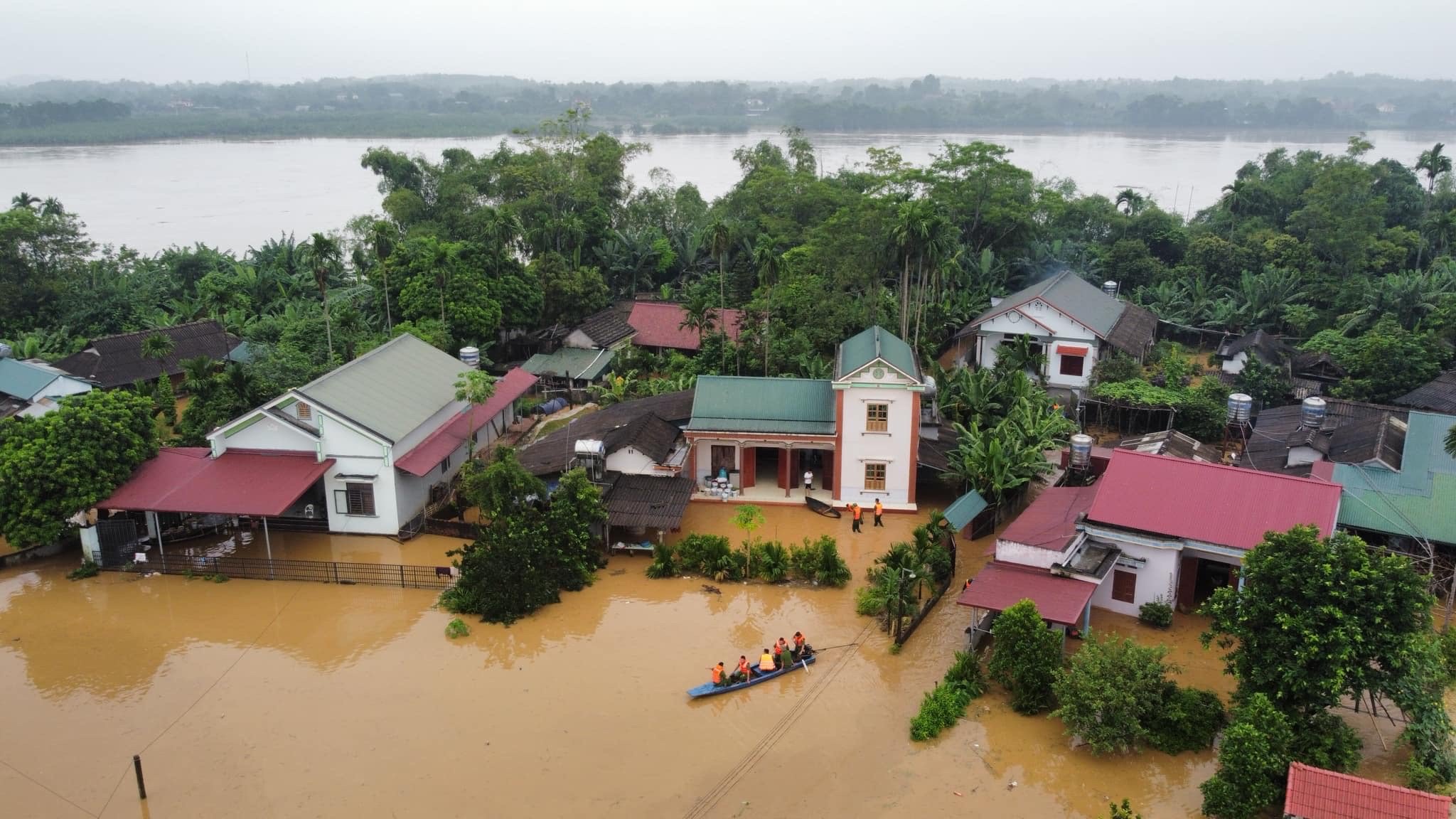
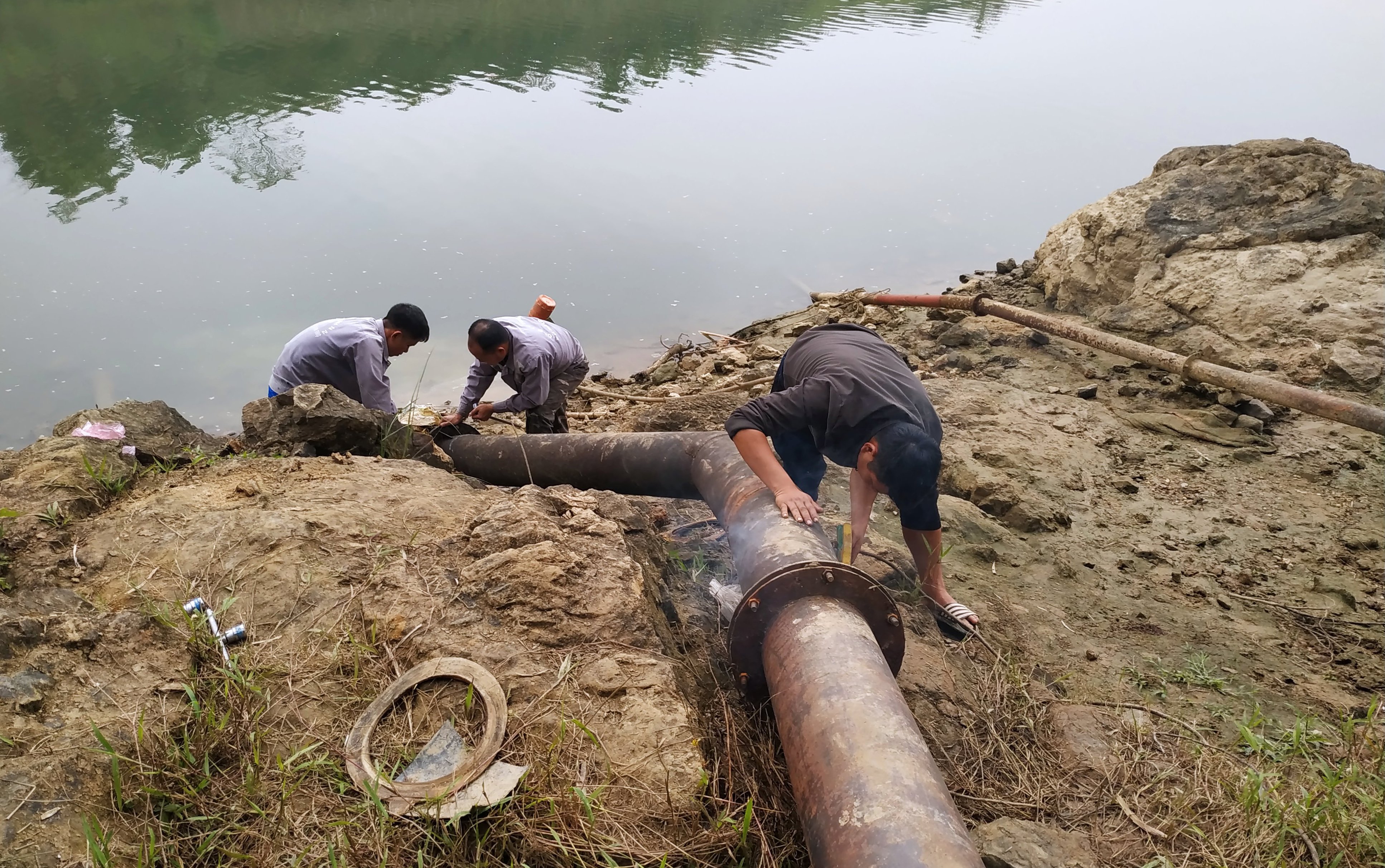
![[Photo] Prime Minister Pham Minh Chinh chairs the national online conference on combating smuggling, production and trade of counterfeit goods.](https://vphoto.vietnam.vn/thumb/1200x675/vietnam/resource/IMAGE/2025/6/23/4a682a11bb5c47d5ba84d8c5037df029)


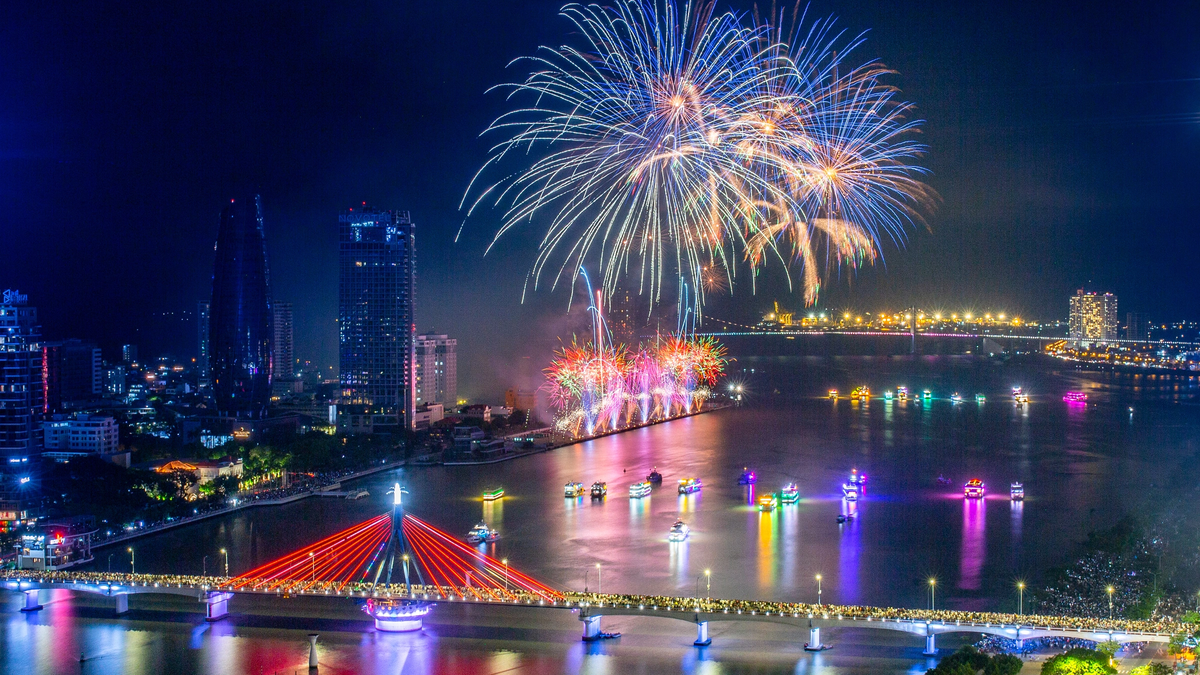

![[Photo] Prime Minister Pham Minh Chinh holds meeting to launch exhibition of national achievements to celebrate 80th National Day](https://vphoto.vietnam.vn/thumb/1200x675/vietnam/resource/IMAGE/2025/6/23/0c0c37481bc64a9ab31b887dcff81e40)
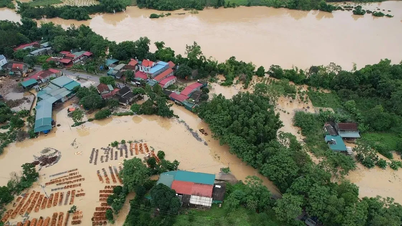

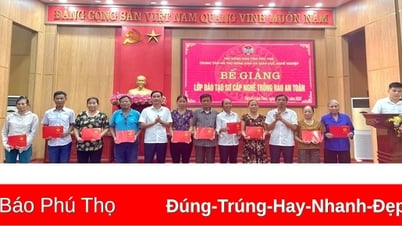










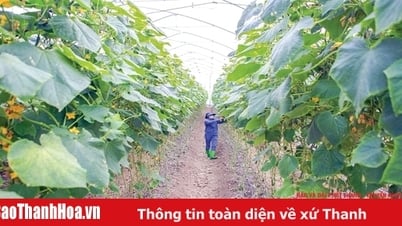




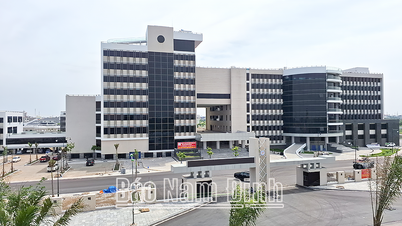

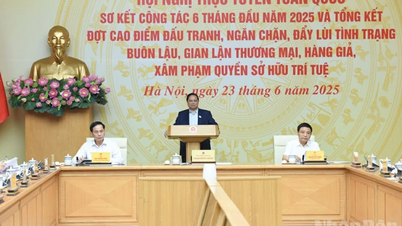





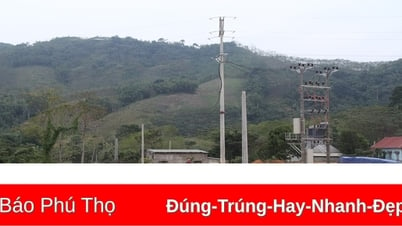




![[Photo] Party Congress of the Central Internal Affairs Commission for the 2025-2030 term](https://vphoto.vietnam.vn/thumb/1200x675/vietnam/resource/IMAGE/2025/6/23/5bf03821e6dd461d9ba2fd0c9a08037b)





























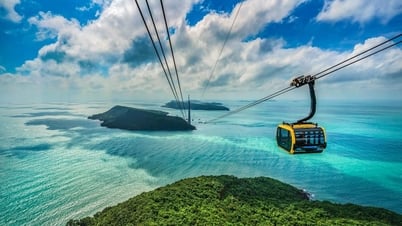
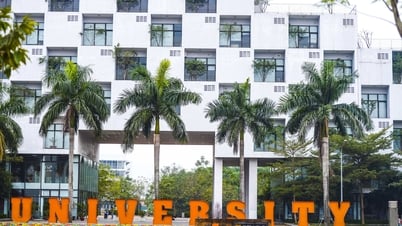





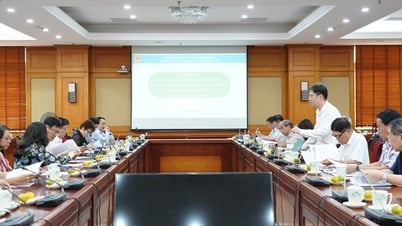




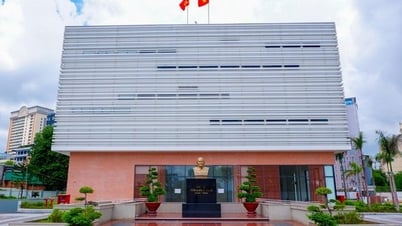

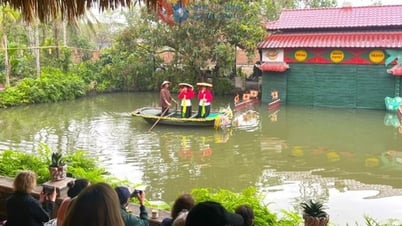



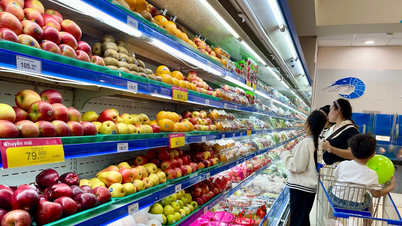

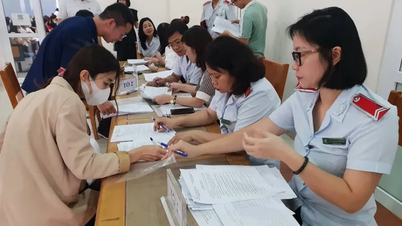

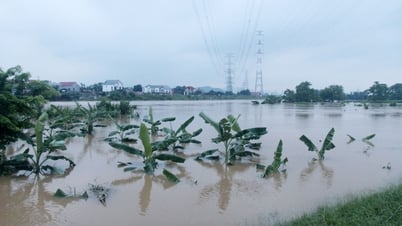












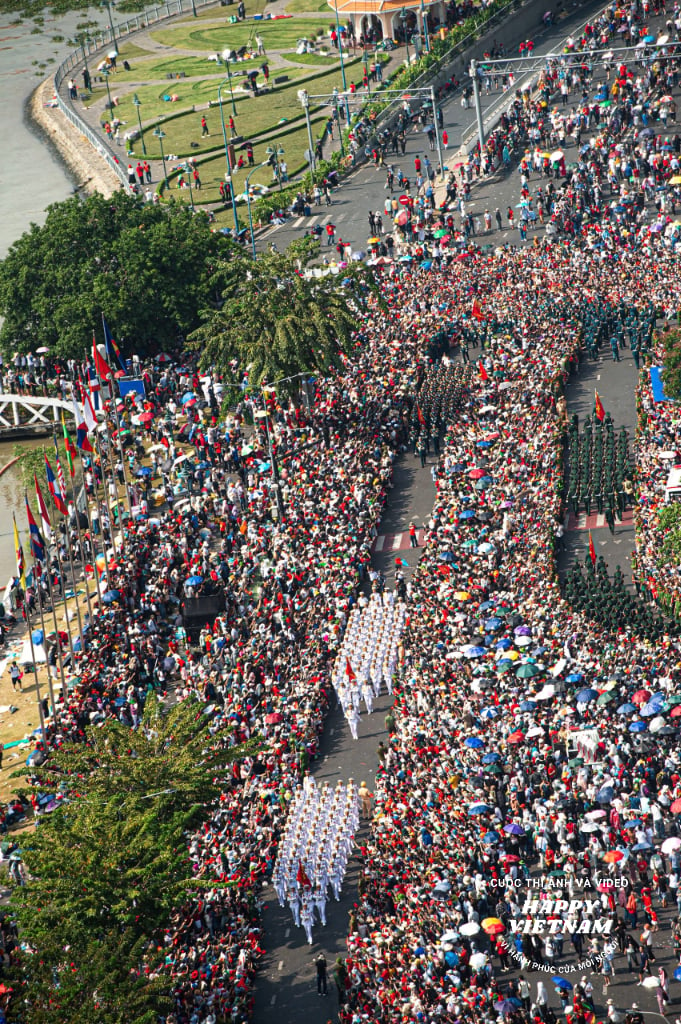

Comment (0)